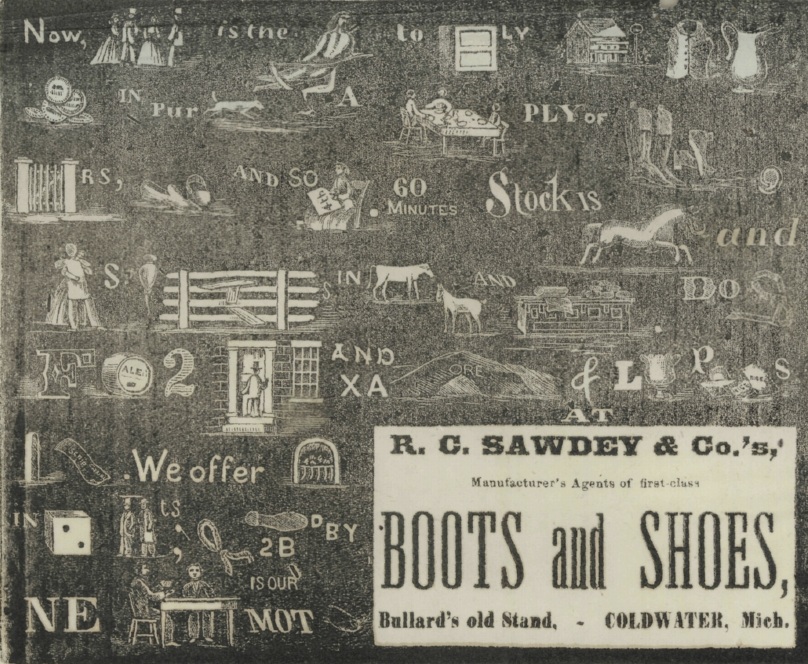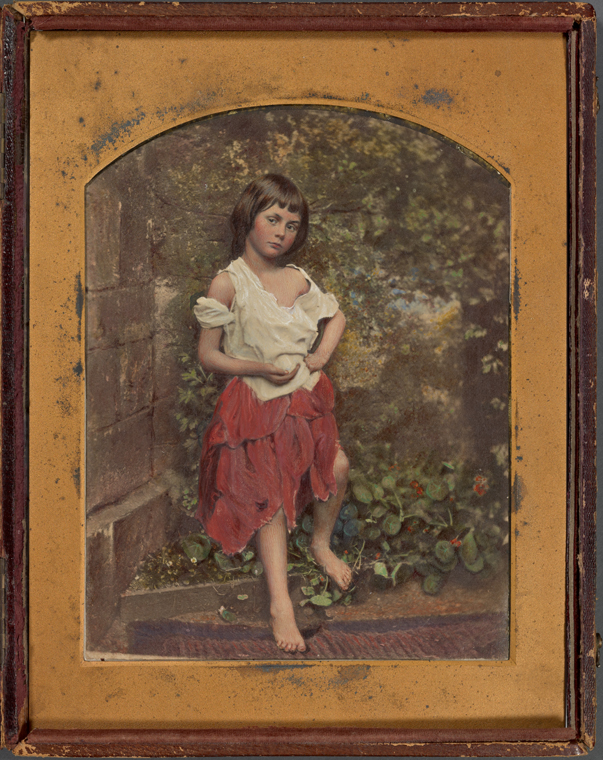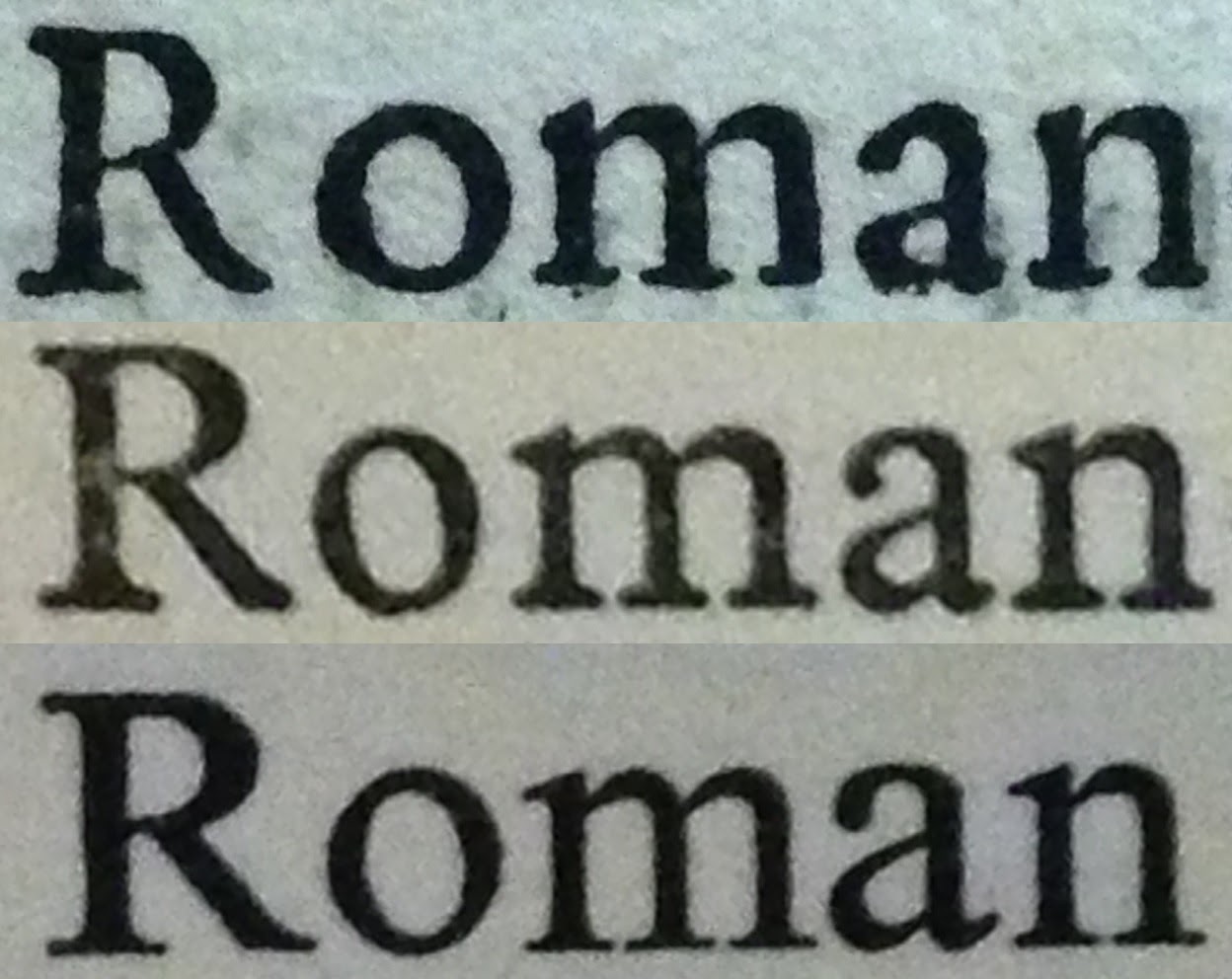Online Research: Where to Start
by Meredith Mann, Manuscripts and Archives Division, Stephen A. Schwarzman Building
August 21, 2015
The New York Public Library has a huge selection of online content to help with your research, whether it's finding a single article, tracing a family tree, writing a dissertation, or anything in between.
Suggested Solution for R.C. Sawdey & Co.’s 1869 Rebus
by Meredith Mann, Manuscripts and Archives Division, Stephen A. Schwarzman Building
August 11, 2015
Click to find the answer to the puzzle.
Untapped E-Resources: American Broadsides and Ephemera
by Meredith Mann, Manuscripts and Archives Division, Stephen A. Schwarzman Building
August 11, 2015
What is this curious artifact of daily life in 19th century America?
Now Screening: New Electronic Resources, July 2015
by Meredith Mann, Manuscripts and Archives Division, Stephen A. Schwarzman Building
July 30, 2015
Overview of National Geographic Virtual Library, Nineteenth Century U.S. Newspapers, and Indigenous Peoples: North America.
Despotic Characters: Researching Shorthand at the New York Public Library
by Meredith Mann, Manuscripts and Archives Division, Stephen A. Schwarzman Building
May 27, 2015
Through multiple gifts over the years, The New York Public Library has gathered an outstanding and extensive collection of shorthand material. These items can help answer such wide-ranging questions as: What was the eruption of Mount Vesuvius like? Why are some of the lines in Shakespeare’s King Lear so weird? and How can I take faster notes in my classes and work meetings?
The Case of the False Quixote
by Meredith Mann, Manuscripts and Archives Division, Stephen A. Schwarzman Building
April 22, 2015
I recently came across a third volume of Don Quixote. Cervantistas among you know that this novel, the full title of which is El Ingenioso Hidalgo Don Quixote de la Mancha, consists of two parts only. What’s more, the author listed is not Cervantes, but “the Licentiate Alonzo Fernandez de Avellaneda.” So what exactly is going on here?
The Union Remembers Lincoln
by Meredith Mann, Manuscripts and Archives Division, Stephen A. Schwarzman Building
April 6, 2015
Upon learning of the president’s death, the nation responded with shock, confusion, outrage, and sorrow. This tumultuous period was captured by the printing and photography of the time: both in immediate ephemera and later, more contemplative works.
Madame du Châtelet and Fighting the Invincible Force
by Meredith Mann, Manuscripts and Archives Division, Stephen A. Schwarzman Building
March 26, 2015
Madame du Châtelet was a French noblewoman of the Enlightenment who came from a wealthy family, married into a position of prominence, raised several children, and studied as a member of the Republic of Letters. However, in her native France, the Academy of Sciences, universities, and many intellectual gatherings excluded women. She was forced to pursue a path of independent study.
Love Letters 101: Epistolary Lessons from Rare Books
by Meredith Mann, Manuscripts and Archives Division, Stephen A. Schwarzman Building
February 12, 2015
Universal letter-writers were guidebooks meant to teach young men and women the art of writing and speaking fluently on a variety of subjects—including love.
Glimpses of Alice
by Meredith Mann, Manuscripts and Archives Division, Stephen A. Schwarzman Building
January 21, 2015
To celebrate Lewis Carroll’s upcoming birthday—and my un-birthday!—let’s venture down the rabbit hole to explore depictions of Alice, his most famous creation, here at the library.
A Birthday Huzzah for Mr. Ford Madox Ford
by Meredith Mann, Manuscripts and Archives Division, Stephen A. Schwarzman Building
December 16, 2014
December 17 marks British author, editor, and all-around literary icon Ford Madox Ford’s 141st birthday. To celebrate the occasion, I explored his writings in the Rare Book Division—and found some fascinating glimpses into his life and work.
Where Did Times New Roman Come From?
by Meredith Mann, Manuscripts and Archives Division, Stephen A. Schwarzman Building
December 9, 2014
It’s so ubiquitous that we take it for granted, but this super-typeface has its own origin story.
Ben Franklin on Cooking Turkey... with Electricity
by Meredith Mann, Manuscripts and Archives Division, Stephen A. Schwarzman Building
November 24, 2014
The options for cooking a turkey are seemingly endless, but leave it to founding father Benjamin Franklin to invent one more — electrocution.
From Stage to Page with the Cranach Press's Hamlet
by Meredith Mann, Manuscripts and Archives Division, Stephen A. Schwarzman Building
November 14, 2014
The Cranach Press enlisted the help of an international stable of artists and scholars to produce hand-made books that doubled as works of art. My favorite is an edition of Hamlet based on the text of Shakespeare’s Second Quarto.
Medium Rare: Ghostly Stories from Rare Books
by Meredith Mann, Manuscripts and Archives Division, Stephen A. Schwarzman Building
October 30, 2014
On Halloween, we pull back the curtain between real and unreal, reveling in the spooky, mysterious, and inexplicable. What better way to celebrate the holiday than communing with the spirits and ghosts who reach out to us from the pages of the Rare Book Division?
Journey to the Center of the Library: Rare Books and Provenance
by Meredith Mann, Manuscripts and Archives Division, Stephen A. Schwarzman Building
October 8, 2014
Columbus’s voyage made me think of the voyages our books take before arriving on the shelves of the New York Public Library. Who printed it? Who owned it previously? From whom did we buy it? Researchers are often interested in these questions, which all attempt to uncover a book’s provenance. In the Rare Book Division we look for clues, both within the book and in secondary sources, to answer questions of provenance and understand a book’s complete voyage.
400 Years of Banned Books
by Meredith Mann, Manuscripts and Archives Division, Stephen A. Schwarzman Building
September 22, 2014
Banned Books Week is when libraries and other members of the book community support the freedom to read and raise awareness of challenges to this freedom. Sadly, the banning of books is not a new phenomenon—while Catcher in the Rye or Huckleberry Finn come to mind, you can find books banned as early as the sixteenth century in the Rare Book Division.
Mark My Words: Printers’ Marks in the Rare Book Division
by Meredith Mann, Manuscripts and Archives Division, Stephen A. Schwarzman Building
September 8, 2014
The penguin. The borzoi. When we peruse our bookshelves, we see spines decorated with the symbols of publishing houses. But this tradition is not modern: starting with the second book ever printed, members of the trade were making their presence known. These marks were words and illustrations carved into wood and included at the beginning or end of a book to indicate the printer responsible. In NYPL’s Rare Book Division, we have a treasure trove of printers’ marks to explore.
 With your library card, it's easier than ever to choose from more than 300,000 e-books on SimplyE, The New York Public Library's free e-reader app. Gain access to digital resources for all ages, including e-books, audiobooks, databases, and more.
With your library card, it's easier than ever to choose from more than 300,000 e-books on SimplyE, The New York Public Library's free e-reader app. Gain access to digital resources for all ages, including e-books, audiobooks, databases, and more.
















